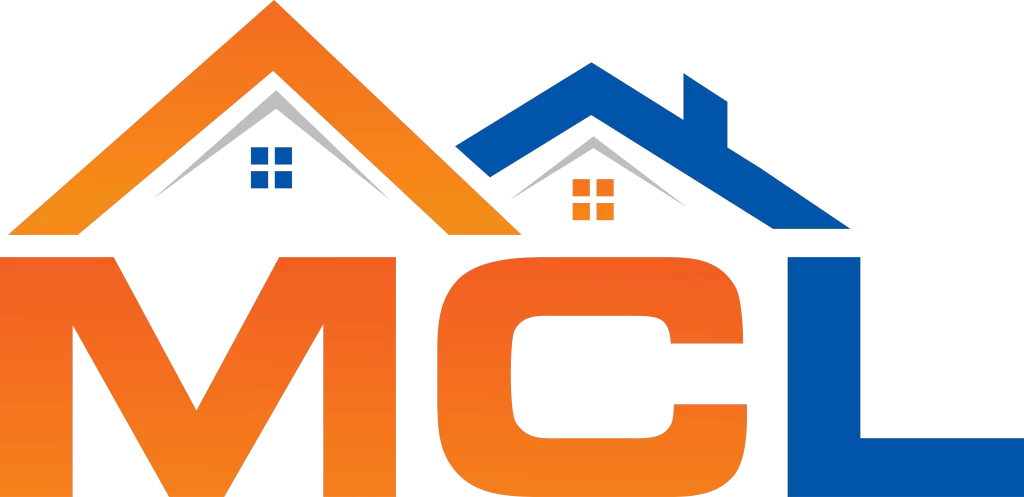Here are some things you can pour down a toilet to help unclog it:
- Hot Water: Pouring hot water into the toilet bowl can help dissolve and loosen clogs caused by things like soap scum and hair.
- Baking Soda and Vinegar: Pouring a mixture of baking soda and vinegar down the toilet can help break down clogs. Simply pour half a cup of baking soda into the toilet bowl, followed by a cup of vinegar. Let the mixture sit for about 30 minutes before flushing the toilet.
- Dish Soap: Adding a few squirts of dish soap to the toilet bowl can help lubricate the pipes and loosen clogs. Let the soap sit for about 30 minutes before flushing the toilet.
- Epsom Salt: Pouring a cup of Epsom salt into the toilet bowl can help break down clogs caused by organic matter. Let the salt sit for about an hour before flushing the toilet.
- Plunger: Using a plunger is the most effective way to unclog a toilet. Make sure to use a plunger that is designed for toilets and follow the correct plunging technique.
Note: Avoid using chemical drain cleaners as they can damage your pipes and harm the environment. Also, do not pour grease or oil down the toilet as they can solidify and cause clogs.
How do you naturally clear a Toilet?
Here are some natural methods you can use to clear a clogged toilet:
- Hot Water: Boil a pot of water and carefully pour it into the toilet bowl. The hot water can help dissolve and loosen clogs caused by things like soap scum and hair.
- Baking Soda and Vinegar: Pour half a cup of baking soda into the toilet bowl, followed by a cup of vinegar. Let the mixture sit for about 30 minutes before flushing the toilet. This can help break down clogs and clean the toilet bowl.
- Epsom Salt: Pour a cup of Epsom salt into the toilet bowl and let it sit for about an hour before flushing. The salt can help break down clogs caused by organic matter.
- Dish Soap: Add a few squirts of dish soap to the toilet bowl and let it sit for about 30 minutes before flushing. The soap can help lubricate the pipes and loosen clogs.
- Plunger: A plunger is the most effective way to clear a clogged toilet. Make sure to use a plunger that is designed for toilets and follow the correct plunging technique.
Note: Avoid using chemical drain cleaners as they can damage your pipes and harm the environment. Also, do not pour grease or oil down the toilet as they can solidify and cause clogs.
Why is my toilet not fully flushing?
There can be several reasons why a toilet may not be fully flushing. Here are some common causes:
- Clogged toilet trap or drain: A clog in the toilet trap or drain can prevent the water from flushing properly.
- Low water level in the toilet tank: If the water level in the toilet tank is too low, there may not be enough water to flush the toilet effectively.
- Faulty flapper: The flapper is a rubber valve that opens to release water from the tank into the bowl during flushing. If the flapper is worn or damaged, it may not open completely, which can cause a weak flush.
- Corroded or faulty flush valve: The flush valve controls the release of water from the tank into the bowl during flushing. Over time, the valve can become corroded or damaged, which can cause a weak flush.
- Malfunctioning fill valve: The fill valve is responsible for refilling the tank with water after flushing. If the fill valve is not functioning properly, there may not be enough water in the tank to flush the toilet effectively.
- Blocked vent pipe: The vent pipe allows air to enter the drain system, which is necessary for proper flushing. If the vent pipe is blocked, it can cause a weak flush.
If you are experiencing a weak flush, it is best to contact a plumber to diagnose and fix the problem.
Why is my toilet not flushing but not clogged?
If your toilet is not flushing but it’s not clogged, it could be due to one of the following reasons:
- Low water level in the tank: If the water level in the toilet tank is too low, there may not be enough water to create a proper flush. Check the water level in the tank and adjust the fill valve if necessary.
- Faulty flapper: The flapper is a rubber valve that opens to release water from the tank into the bowl during flushing. If the flapper is worn or damaged, it may not open completely, which can cause a weak or incomplete flush.
- Malfunctioning fill valve: The fill valve is responsible for refilling the tank with water after flushing. If the fill valve is not functioning properly, there may not be enough water in the tank to create a proper flush.
- Blocked vent pipe: The vent pipe allows air to enter the drain system, which is necessary for proper flushing. If the vent pipe is blocked, it can cause a weak or incomplete flush.
- Corroded or faulty flush valve: The flush valve controls the release of water from the tank into the bowl during flushing. Over time, the valve can become corroded or damaged, which can cause a weak or incomplete flush.
If you are experiencing a weak or incomplete flush and it’s not due to a clog, it is best to contact a plumber to diagnose and fix the problem.
